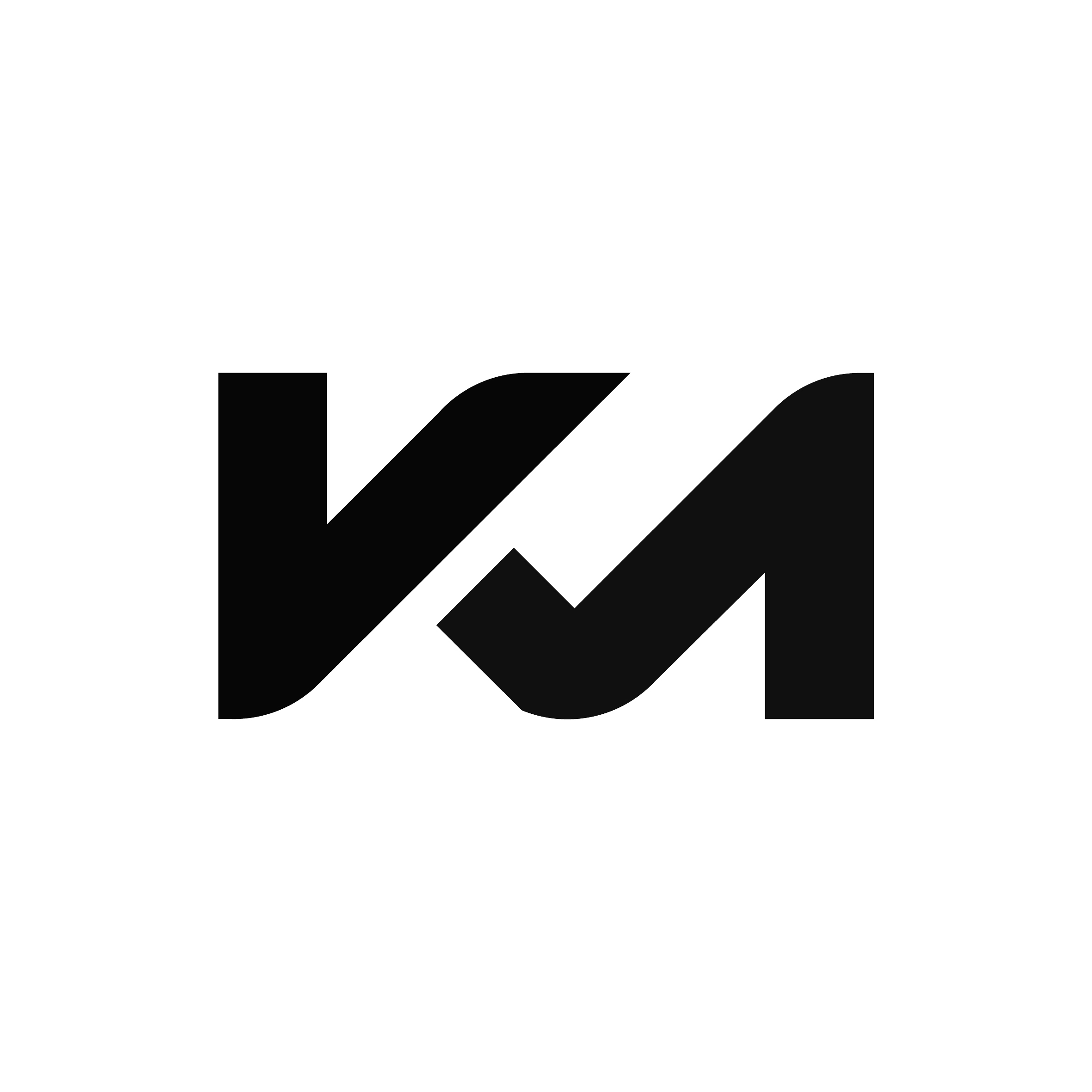Improving customer engagement, satisfaction, and trust by reducing scheduling errors
Field service management • SAAS • B2B
Field service management • SAAS • B2B
Client
Soniq
timeline
October 2019–June 2021
Team
Product Manager
3 Designers
4 Engineers
3 Designers
4 Engineers
With the SQ One platform, Soniq offers digital solutions for optimizing operations management across multiple sites for companies specializing in cleaning services.
The app provides cleaning companies with essential tools to manage daily operations efficiently—such as scheduling shifts, logging employee hours, tracking machine inventory, handling invoicing, resolving issues through ticketing, and communicating via built-in messaging.
Problem
After a successful MVP launch, the platform’s growth was hindered by technical limitations, while the interface suffered from unnecessary complexity.
As new features were added, the shift planning experience—the app’s core function—became inefficient and failed to meet the needs of an expanding and diverse customer base. Inconsistent design and lack of documentation further impacted usability, scalability, and team alignment.
My Role
Outcomes
• Redefined the product vision and shaped user-centric design processes while conceptualising, wireframing, prototyping, and designing solutions as lead designer with a team of 3.
• Conducted and structured UX research efforts such as expert interviews, journey maps, and usability tests (remote) with over 10 customers to make evidence-based decisions.
• Introduced a systemic approach to design by establishing a design system of visual language in Figma and a component library in Storybook.
• Fostered collaboration and consistency across teams by working closely with management, engineers, and other stakeholders through workshops, reviews, and continuous insight sharing.
• Reduced scheduling errors and increased shift planning efficiency, leading to higher customer engagement and retention.
• Improved usability and visual consistency, as well as more engaging design elements that built an emotional connection with the user, driving positive user feedback and increased customer trust.
• Strengthened cross-team collaboration through Lean principles and improved communication.
• Accelerated development and design consistency with a scalable, cohesive design system.
Due to NDA, this case study is password protected. If you would like access, please reach out via email or LinkedIn, and include your purpose in the message. Thank you!
